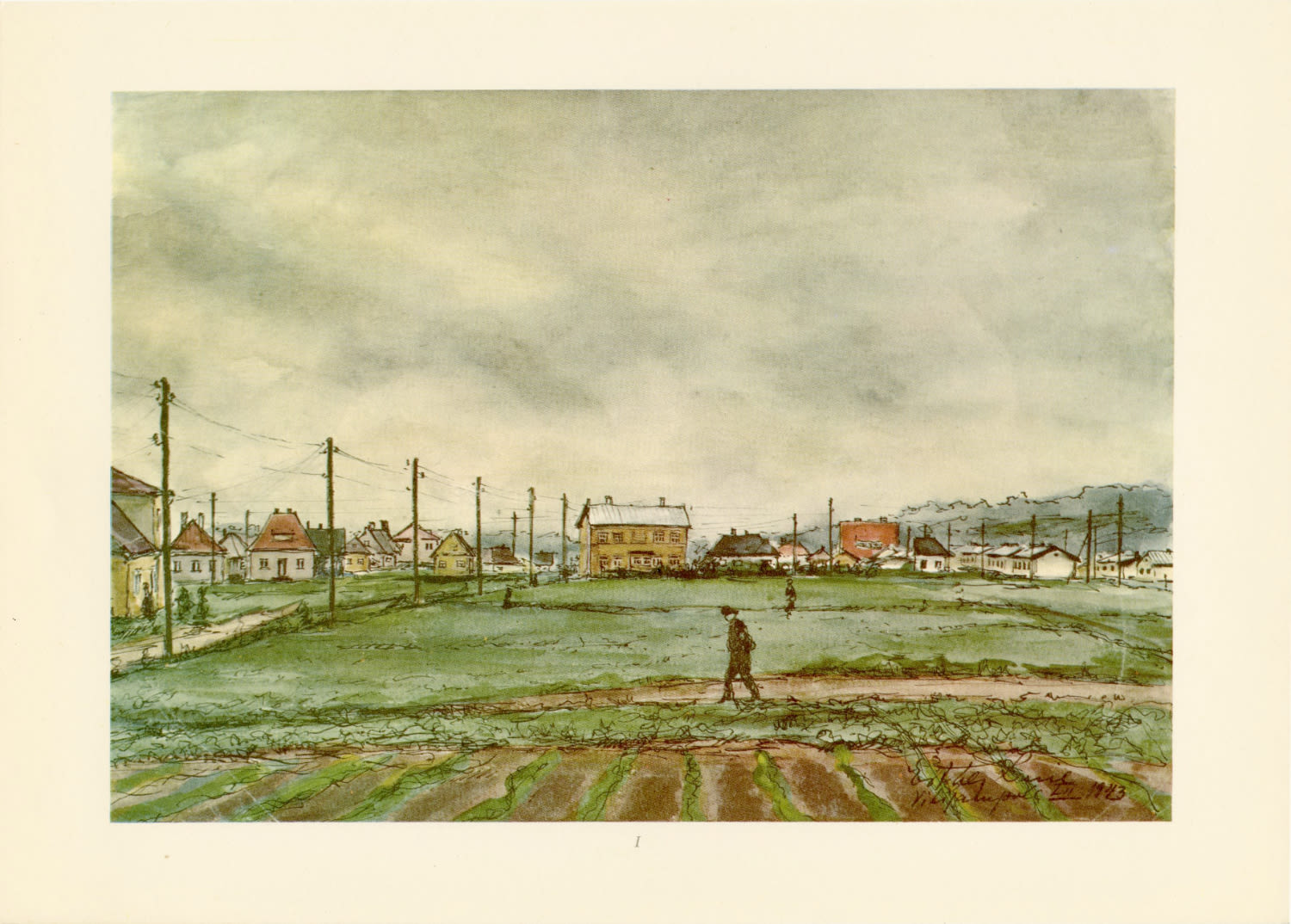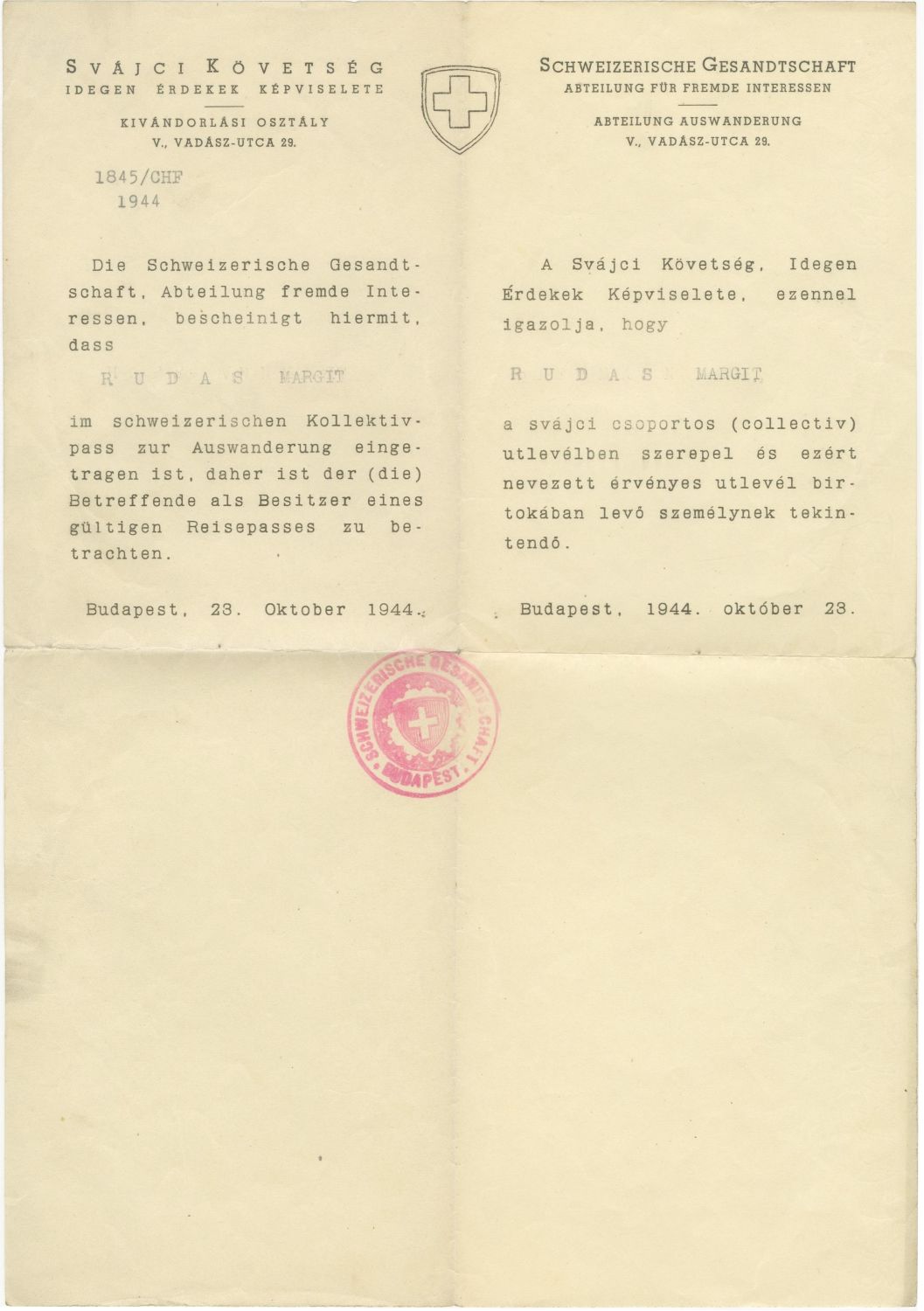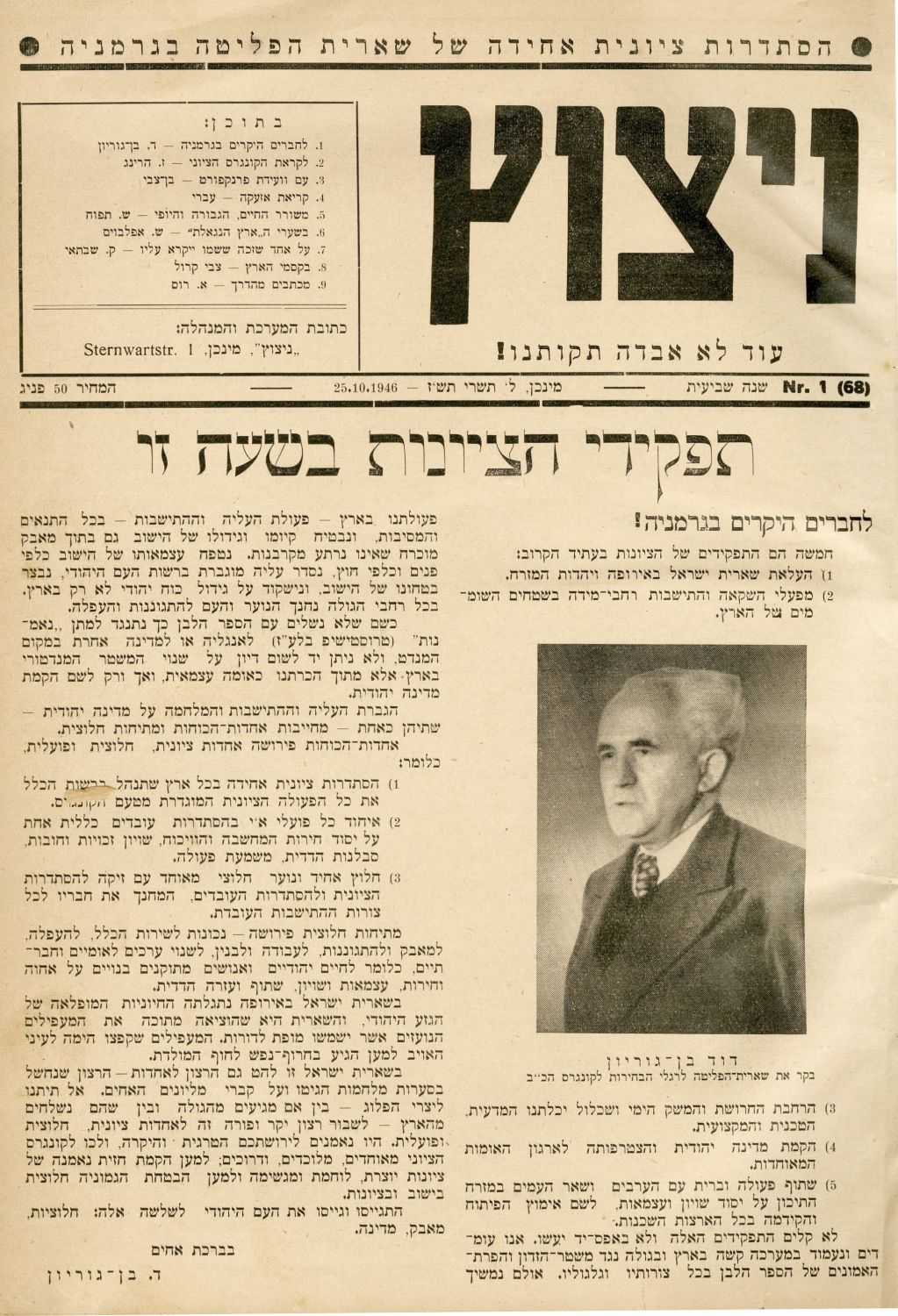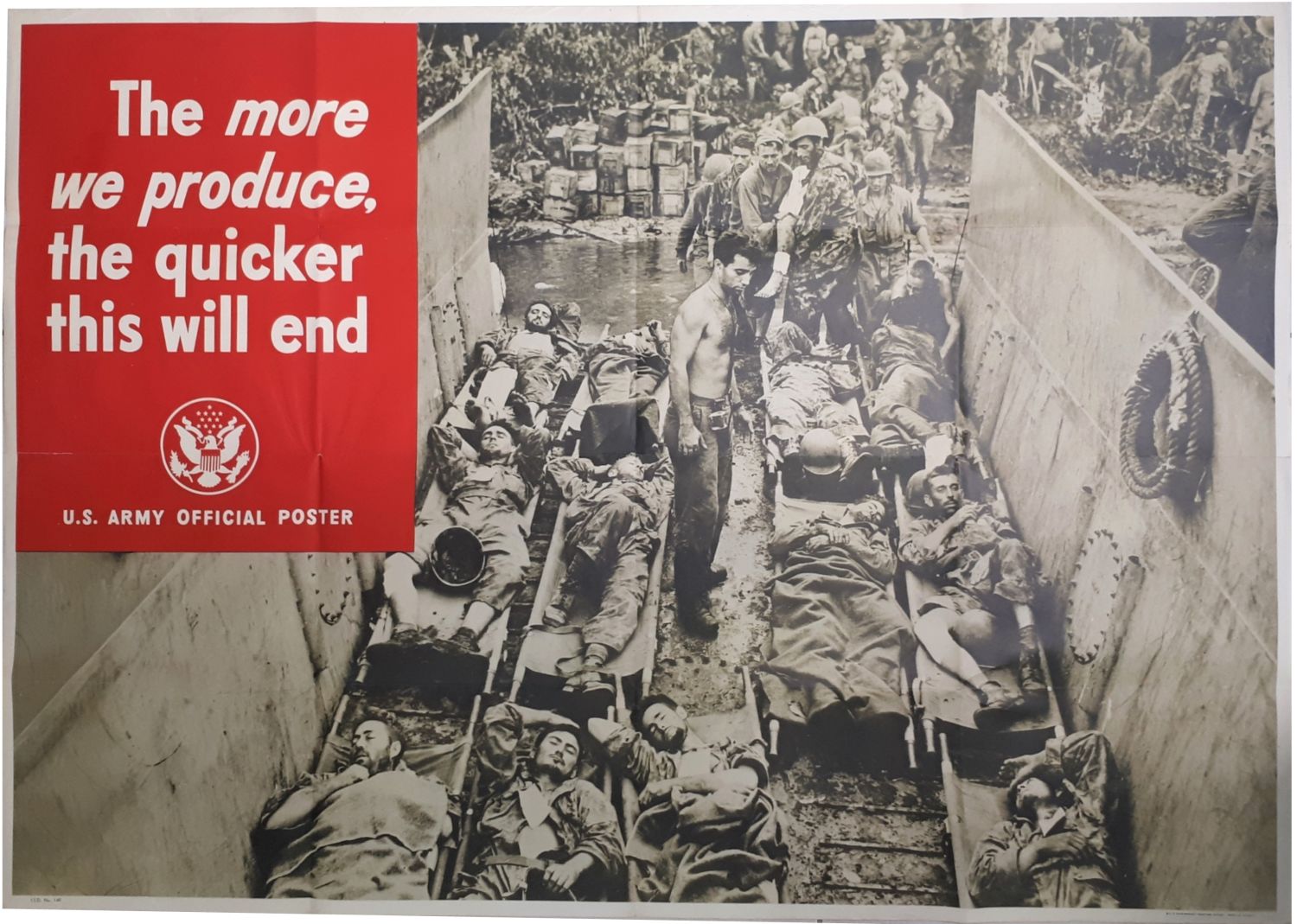Esther Lurie - A Living Witness - Kovno Ghetto Scenes & Types. Dvir Publishing, Tel Aviv, 1958. A portfolio containing 24 plates with 30 watercolor drawings, documenting scenes from the Kaunas ghetto, and portraits of ghetto Jews, which Luria witnessed and painted during her stay in the ghetto (including the 1943 Aktion scene in the ghetto. See below) . Seven of the boards in color. On the title page of the textbook, Luria's signature in Hebrew. English.
Esther Lurie - Award-winning painter and stage and set designer. In 1939 she went to Kaunas to visit her sister and due to the German occupation in June 1941 she was forced to stay in the Kaunas ghetto and later in the camps. While in the ghetto, Lurie stayed in various workshops. In the pottery workshop, she painted with the consent of the German director, where she asked the Jewish potters to make her some large urns in which she could store her paintings. She buried her paintings in the urns and temporarily handed them over to the Judenrat. On the day of the Aktion on October 26, 1943, when three thousand Jews were deported from the ghetto to labor camps in Estonia, she decided to hide the urns in the ground in a small warehouse near her sister's house. The warehouse stood next to a concrete wall, which ensured their preservation even if the houses caught fire. Luria wrote on the side of each drawing a few explanatory words, a date on which it was created and even added a letter to whoever found these urns. In all, these were about two hundred drawings and watercolors measuring 25x 35 cm.
Upon the liquidation of the Kaunas (Kovno) ghetto, she was deported to the Stutthof camp, where she was separated from her sister. Her sister and little nephew were sent to Auschwitz. In the camp she could hardly paint. Art served her as a barter, for food as was the case in other camps during the period. Lurie later wrote: "I managed to get a pencil and small pieces of paper from one of the clerks in the concentration camp. I started drawing types among the women. Girls, who have "friends" among the prisoners and would receive food presents, asking me to draw them. The payment was a slice of bread. I also recorded female figures wearing "pajamas". They were drawn in a thin pencil on bad paper, which I received from a girl who worked in drawing prisoners, I hid the paintings in my clothes during the five months we were in the labor camp." [Esther Lurie, Drawings: Women in a Labor Camp, YL Peretz, Tel Aviv, 1962, p. 21].
Her paintings are direct evidence of Nazi actions and to a rare scenes in World War II. For example, in the booklet in before us, there is a plaque in which Lurie drew the bridge that connected the small ghetto to the large ghetto in Kaunas. Hundreds of people cross this bridge every day. The bridge was a symbol of disgrace and terror for the ghetto residents. When she first saw the bridge she immediately wanted to paint it and was looking for ways to allow it to do so. Lurie managed to enter the houses of strangers who agreed to let her sit and paint through the window of their house. She sat some distance from the window so they would not be noticed from the outside. She painted the bridge twice, on both sides of the street. On September 17, 1941, an aktion was held in the small ghetto. The hospital was set on fire along with all the patients and its medical staff. The small ghetto was cut off from the ghetto area and the place remained fenced and empty of people. After a few days the bridge was removed and lowered as if it had not been. And the painting remains the living and the only testimony to its existence (see Tables Nos. 6-7 in the booklet before us).
In July 1945, she returned to Eretz Israel and was received with great excitement. Her stories were published in the press and her paintings were exhibited in many exhibitions.
Slight stains. Good condition.

















